The Password Game is a fun word game from Neal.Fun that tasks you to design a secure password using a specific ruleset. If you’ve ever sat at your computer or phone trying to think of a password that satisfies all the required rules, this game is for you. But what about Rule 16? Read on for some help.
The process begins as standard: Letters, numbers, a symbol, and a capital letter. It’s pretty standard, right? Well, later on, you need extra elements like emojis and country names, and if you make it to Rule 16, you need a little chess knowledge.
Rule 16 displays a chessboard and a game in progress, asking for the next best move in chess notation as the next addition to your password. But what if you’ve never played chess before?
How to solve Rule 16 in The Password Game – Finding the best move using algebraic chess notation
Rule 16 of The Password Game requires inputting algebraic chess notation into your password, matching the best possible chess move according to your chessboard. Unfortunately, a new chessboard gets generated each time you reach Rule 16, so there’s a different answer each time.
Fortunately, The Password Game gives you a little hint in the link to the Wikipedia page for algebraic chess notation. In short, it’s a series of characters that indicate a move in chess, whether simply moving a piece to an empty square or capturing an opponent’s piece.
An example of notation would be Rxh5+, which, when broken down, means:
- R – a rook
- x – captures
- h5 – the opposition’s piece at h5
- + – putting the opponent in check
Take our example below:

First, note which player is making the next move. In this example, it’s white, so we begin to look for the next best move for white. Moving white’s rook at E1 to E8 sets up for checkmate in two turns, so Re8+ would be the notation, as we’ll be putting the black king in check.
But hang on, what if you don’t know how chess works? In this case, we recommend plugging your board into Next Chess Move. After setting up an identical board state, the site calculates the next-best possible chess move for each color in the notation required. Simply copy and paste that into your answer and move on.
Remember, it’s possible that after plugging in your notation, you will break a previous rule. Be sure to make any updates or changes elsewhere before proceeding to the next rule.
If you still need help, take a look at our list of every The Password Game rule. It should clue you in and give you a little extra nudge to get you on your way to creating the ultimate password. We also have individual guides for the most complicated rules. Check out Rule 18 while you’re here.


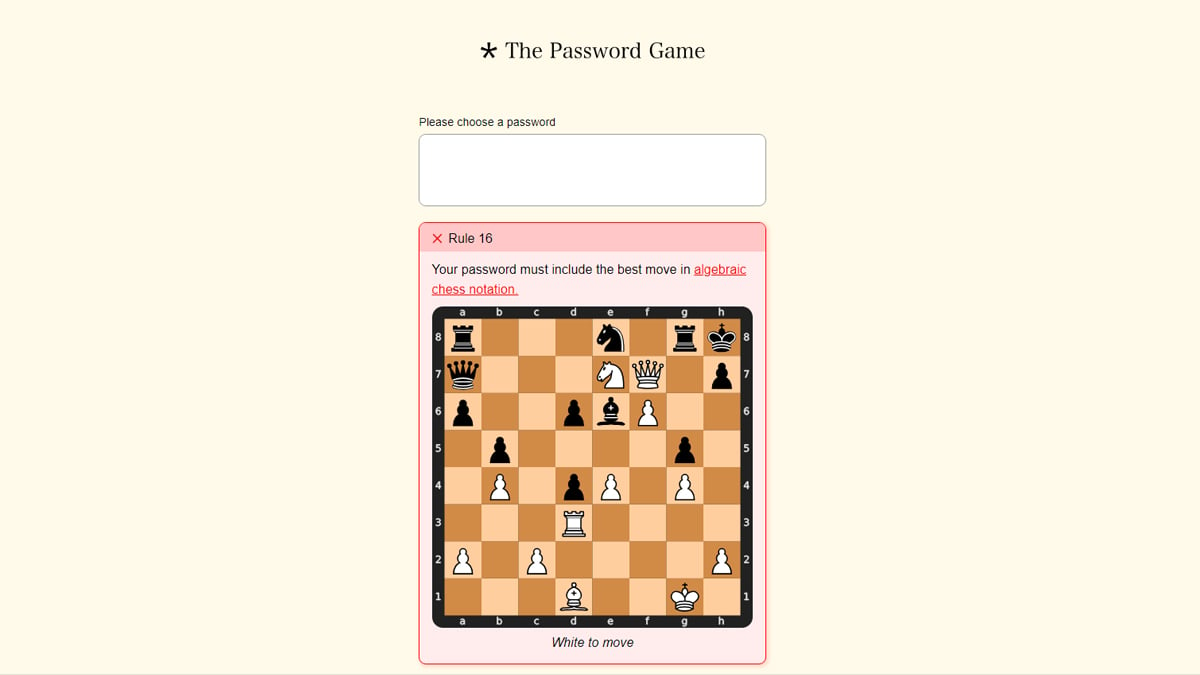
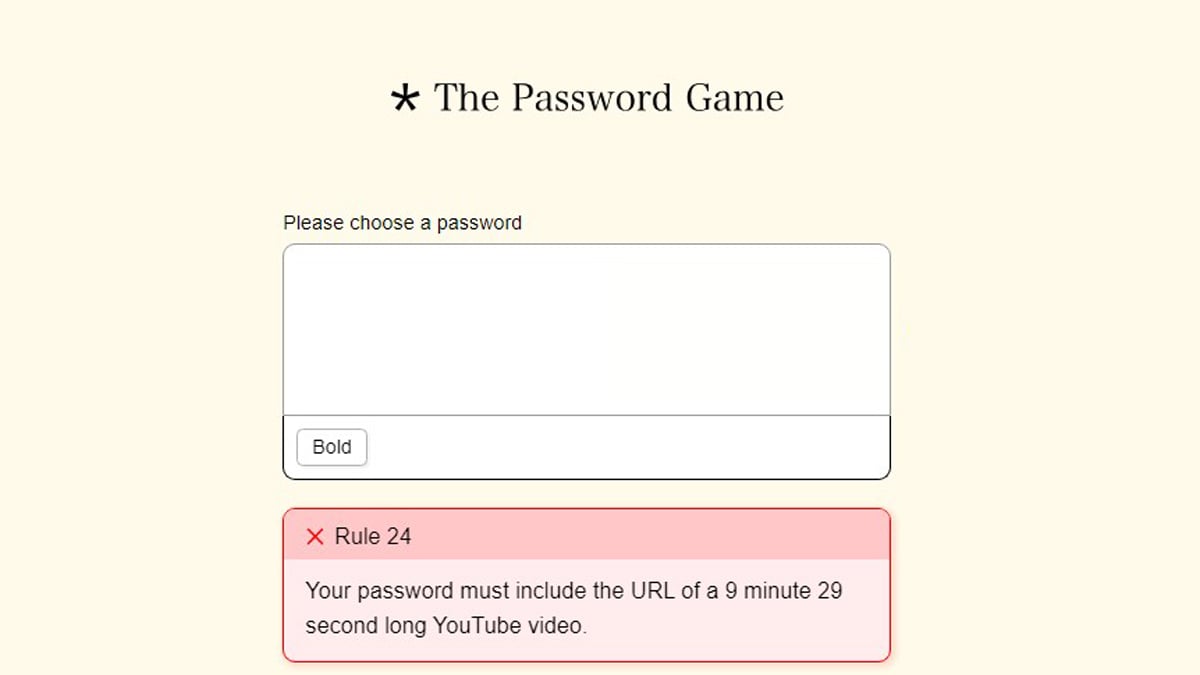
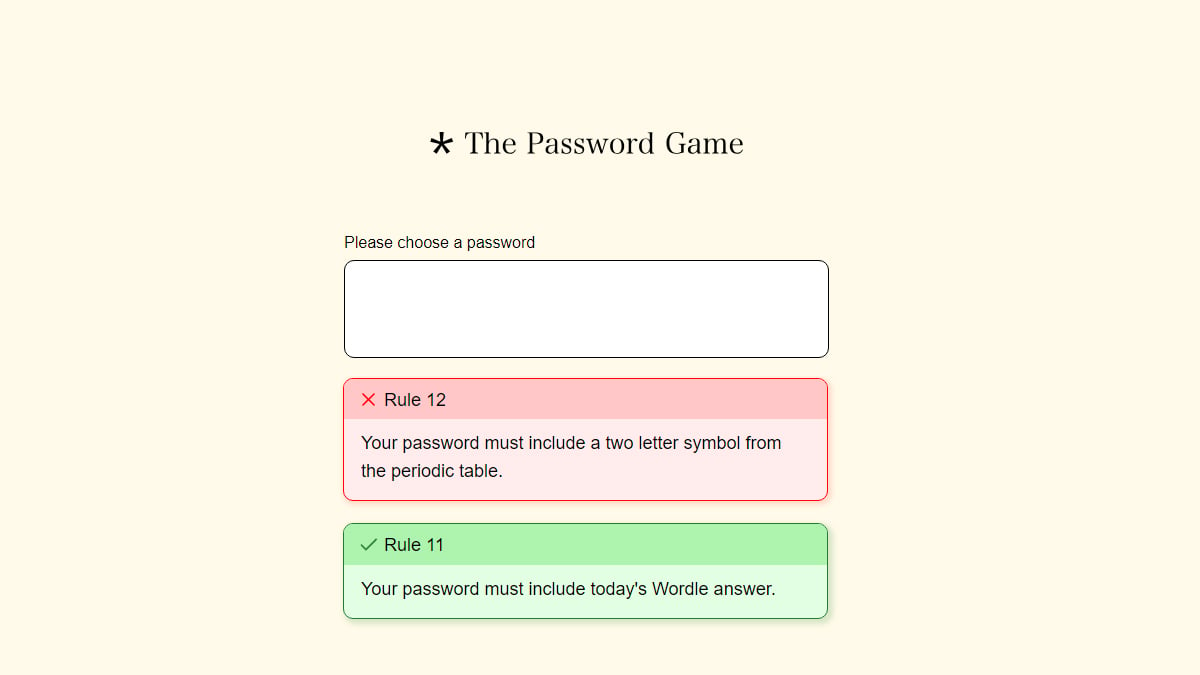
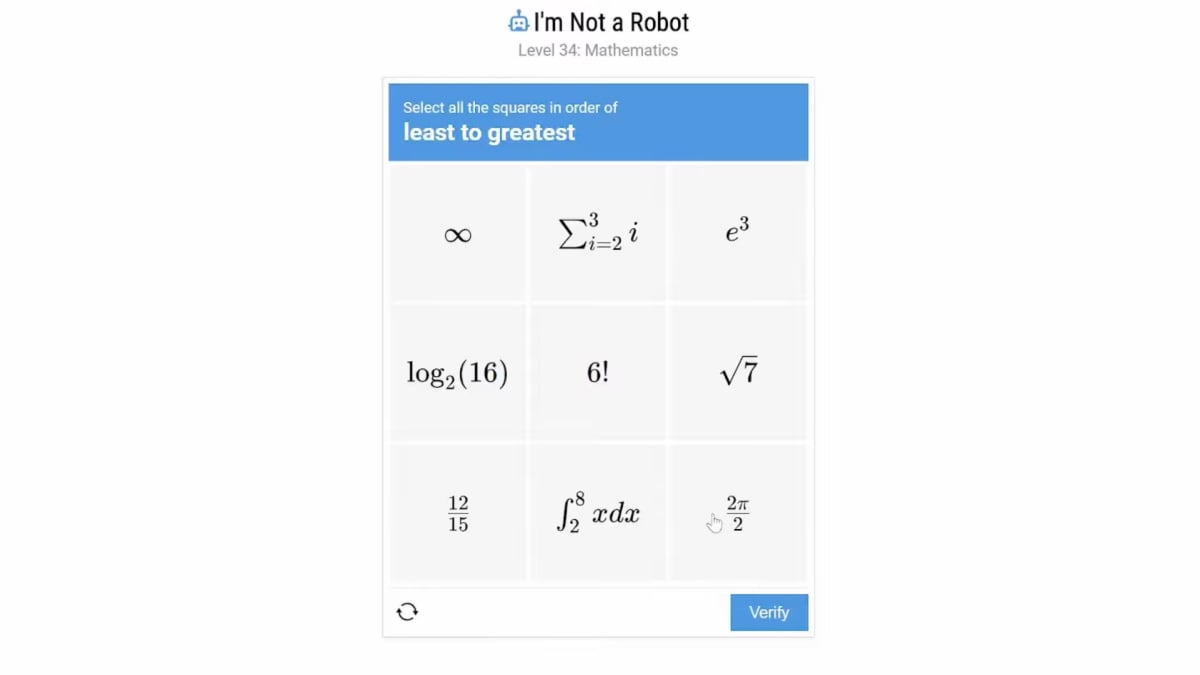
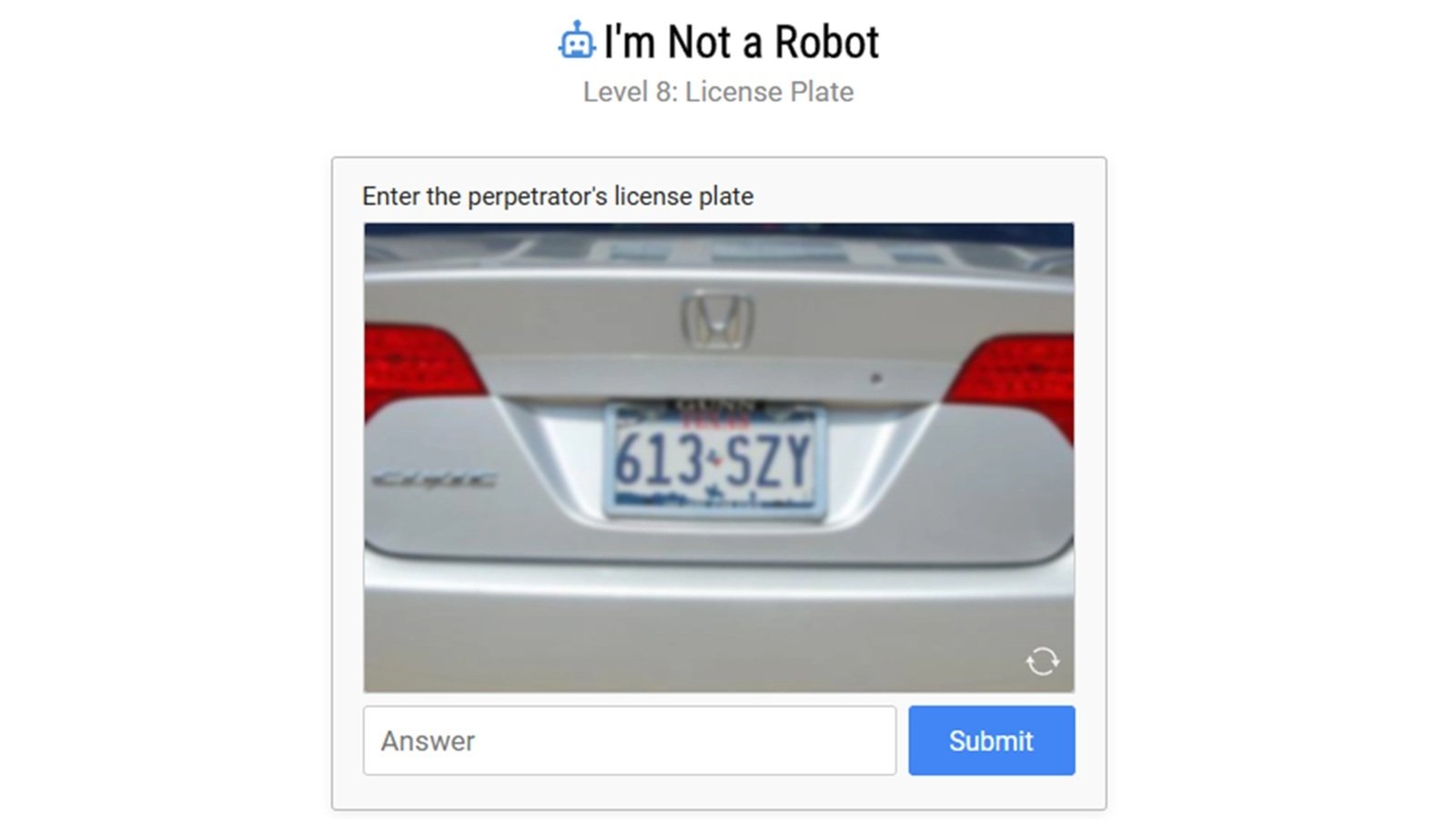




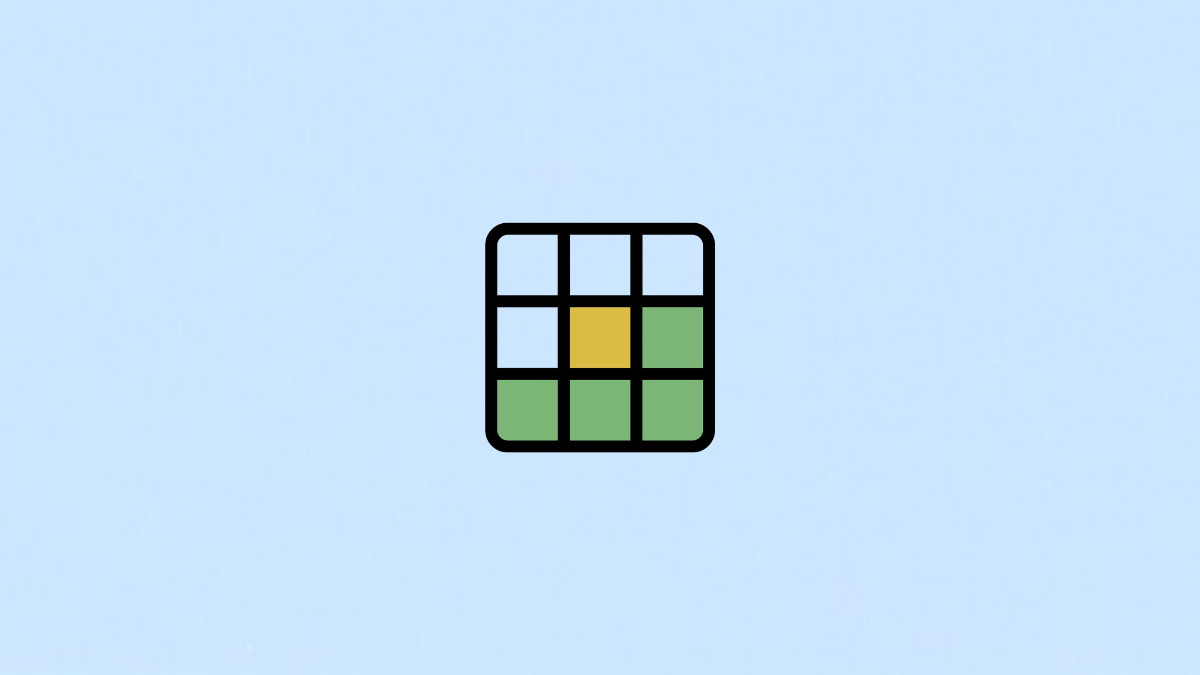

Published: May 12, 2025 07:00 am